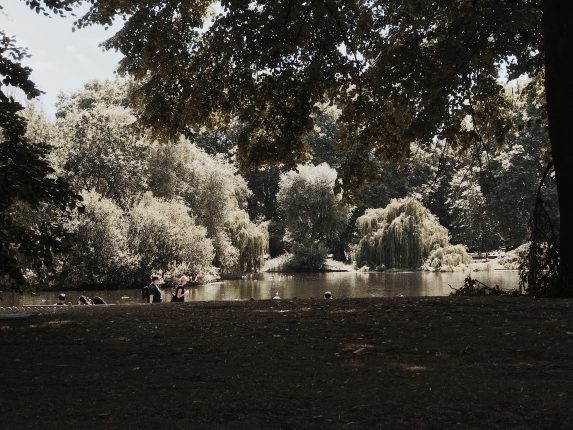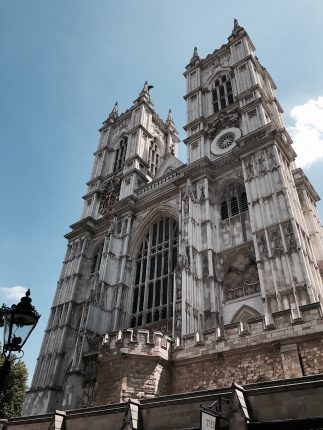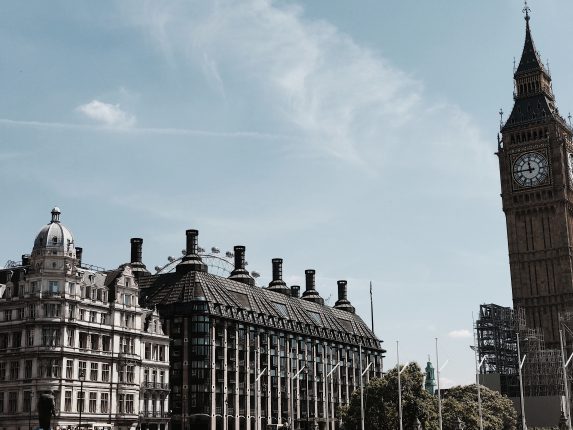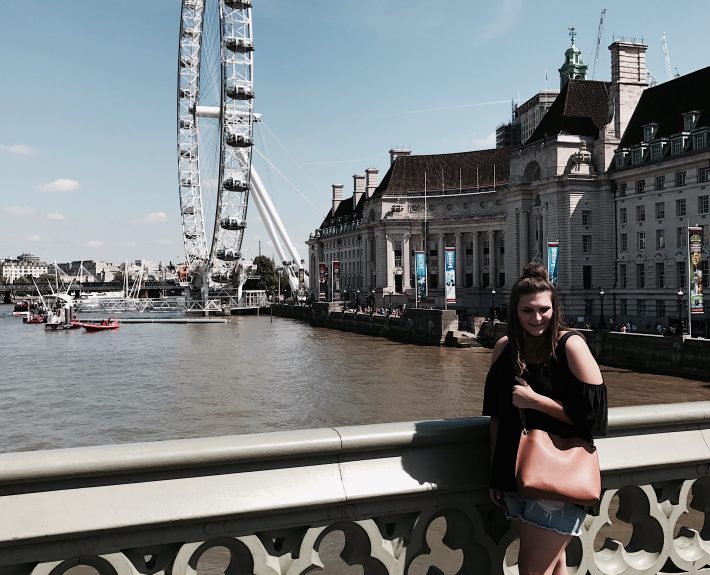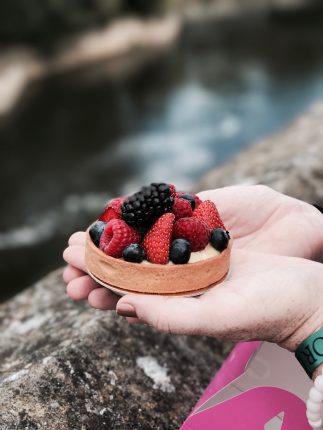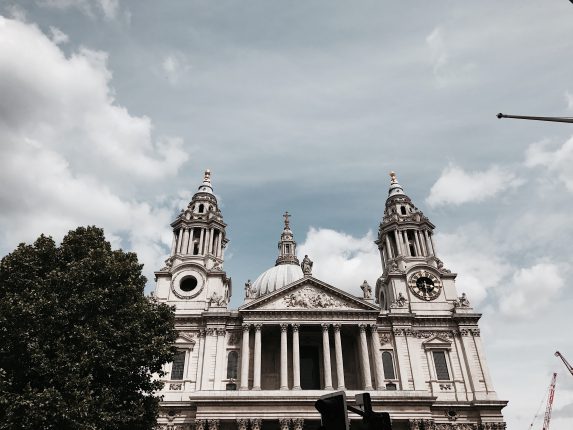England | Why Study Abroad?
By SAVANNAH SHAPIRO
Studying Abroad is an experience of a lifetime. Traveling across the country with students from UCLA and learning the ins-and-outs of London is something that very few people can say they have ever done. During my freshmen year at UCLA, I knew that I wanted to study abroad. I remember specifically walking through the multiple rows of Ackerman Grand Ballroom where The International Education Office had lines of tables showing all the various trips they offered throughout the summer. The tables had over 20 countries that students were visiting. I remember how excited I felt at the idea of going abroad and studying in a new location. All my life, my mom has always told me to be a sponge and soak up everything I possible could. Studying abroad in Europe seemed like an opportunity that I wanted to soak in. The opportunity felt even more special because I thought it would be my only chance to be able to experience a country as an undergraduate student at UCLA. After talking to previous students who went on study abroad trips and seeing the enthusiasm and excitement that they all shared from their own experiences, it gave me the encouragement and excitement to pursue a study abroad program with UCLA.
After I decided that I was going to travel abroad my freshmen year, it was just a matter of deciding what program I wanted to go on and where I specifically wanted to go. It was a dream of mine to go to London. My sister and I always used to talk about traveling to the United Kingdom and was at the top of our list. It wasn’t until my sophomore year when I decided to study specifically in London in the Romanticism Program with Professor Makdisi. Ever since I took English 119 in Winter Quarter at UCLA with Professor Makdisi, I knew that I wanted to explore and build upon what I learned about the city of London in his class. As my sophomore London class sat in Haines and learned about the city of London, I remember something that Professor Makdisi said as he was showing us a first person perspective as if you were on an Omnibus. He explained that although he could show us what London looked like on screen, it is a completely different experience in person. The streets, the city, the nightlife were all things about London that were indescribable and needed to be experienced. And he was right. Everything was different. From the streets, the cars, the city life, and atmosphere, it was completely different than the United States. Something that you couldn’t teach out of a textbook, but rather something that you had to explore in person. I thought what better way to explore an unknown city with people from UCLA. An experience like this is indescribable and is something that I encourage anyone to take advantage of!
Savannah Shapiro studied abroad in London, England in Summer 2017: https://ieo.ucla.edu/travelstudy/English-London/




































